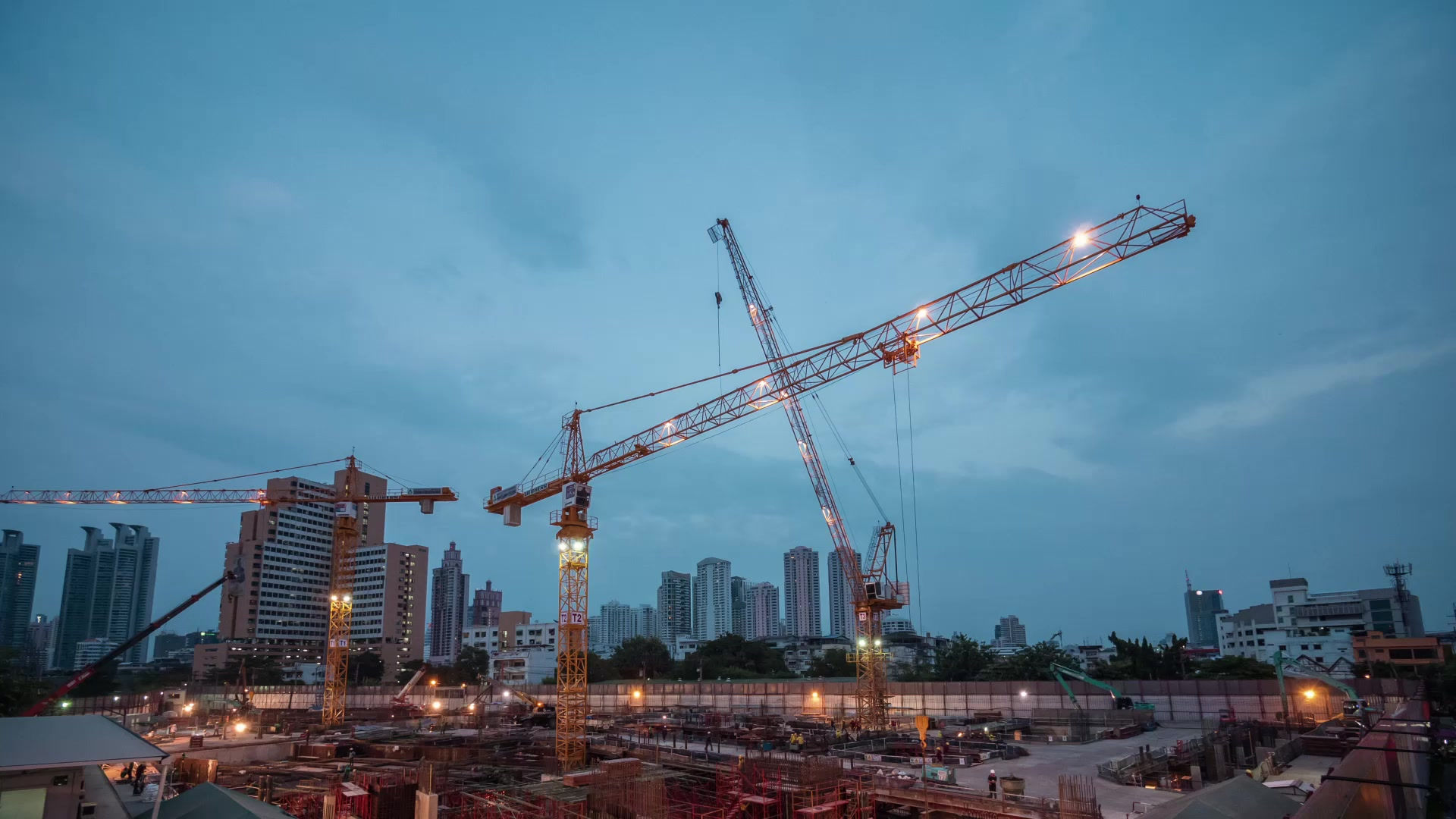Successful Ceramic and Stone Installation on Anhydrite Screed
- ABM Tiling Limited
- Oct 28, 2021
- 2 min read
Updated: May 11, 2023
ABM Tiling Limited recently completed a successful ceramic and stone installation on an anhydrite screed for a commercial building project. Despite the challenges presented by the use of anhydrite screed as a substrate, ABM Tiling Limited's expertise and knowledge allowed for the project to be completed successfully.
Preparation Before Tiling
One of the key considerations for a sound tiling installation on anhydrite screeds is the preparation before tiling. ABM Tiling Limited followed The Tile Association's recommendations and installed a watertight membrane to protect against moisture penetration from the surface. They also ensured that the residual moisture content of the screed was within industry standards before commencing tiling.
Removing laitance from anhydrite screeds is crucial for ensuring a successful tiling installation. Laitance is a layer of weak, dusty material that forms on the surface of anhydrite screeds as they dry, and it can prevent a strong bond from forming between the screed and the adhesive used to fix the tiles. This can lead to tiles becoming loose and unstable, which can cause serious problems with the finished floor. Proper removal of laitance is therefore an essential step in preparing an anhydrite screed for tiling, and it should be carried out in accordance with industry standards and manufacturer recommendations to ensure the best possible results.
Use of Separating System
ABM Tiling Limited used a special separating - or uncoupling - system to allow for tiling on an anhydrite screed with a residual moisture content of 2%. They used Schlüter®-DITRA, a pressure-stable polyethylene membrane, to mechanically bond the tile adhesive into the surface of the system. The separating function allowed for any stresses, such as drying shrinkage, that occur between the substrate and tiled surface to be accommodated. Interconnected air channels on the underside of the separating system remain open allowing moisture from the substrate to evaporate, thus neutralising the vapour pressure in the calcium sulfate screed.
Movement Joints
ABM Tiling Limited also followed industry guidelines for movement joints to be placed at all perimeters, and where tiling meets restraining surfaces such as steps, kerbs, columns, and fixed plant etc. They placed intermediate movement joints in accordance with the covering requirements, which, for ceramic tile and natural stone flooring is between 8-10 metres in each direction.
Underfloor Heating
Where underfloor heating was installed within the screed layer, ABM Tiling Limited used movement joints to divide the tile fields into areas of no more than 40 square metres, with the longest side no more than eight metres. They ensured that the movement joint passed through the covering, adhesive bed, and screed.
Conclusion
Despite the challenges presented by anhydrite screed as a substrate, ABM Tiling Limited's expertise and knowledge allowed for a successful ceramic and stone installation. They followed The Tile Association's recommendations for preparation before tiling, used a special separating system, and followed industry guidelines for movement joints. ABM Tiling Limited's attention to detail and commitment to following industry guidelines allowed for a long-lasting and high-quality installation.



T_edited.png)
Commentaires